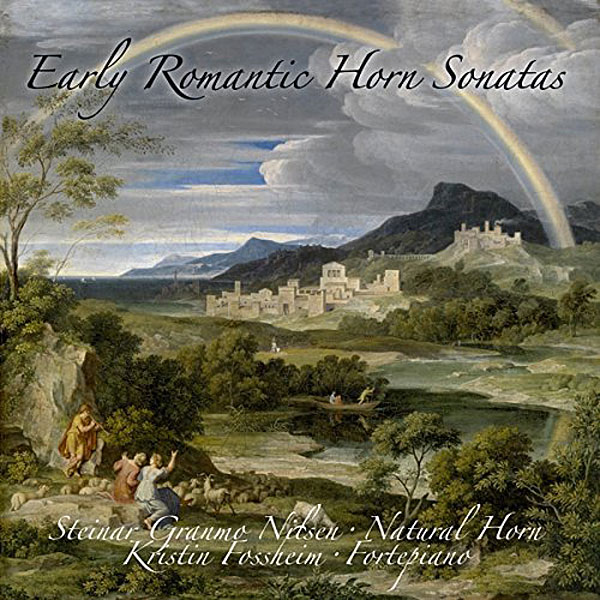| Columns Retired Columns & Blogs |
Connaker wrote about the software side (Windows Server Essentials 2012 R2 and Audiophile Optimizer) in this article last year:
http://www.computeraudiophile.com/content/652-audiophile-optimizer-raises-bar/
The step-by-step is available here:
http://www.highend-audiopc.com/








































